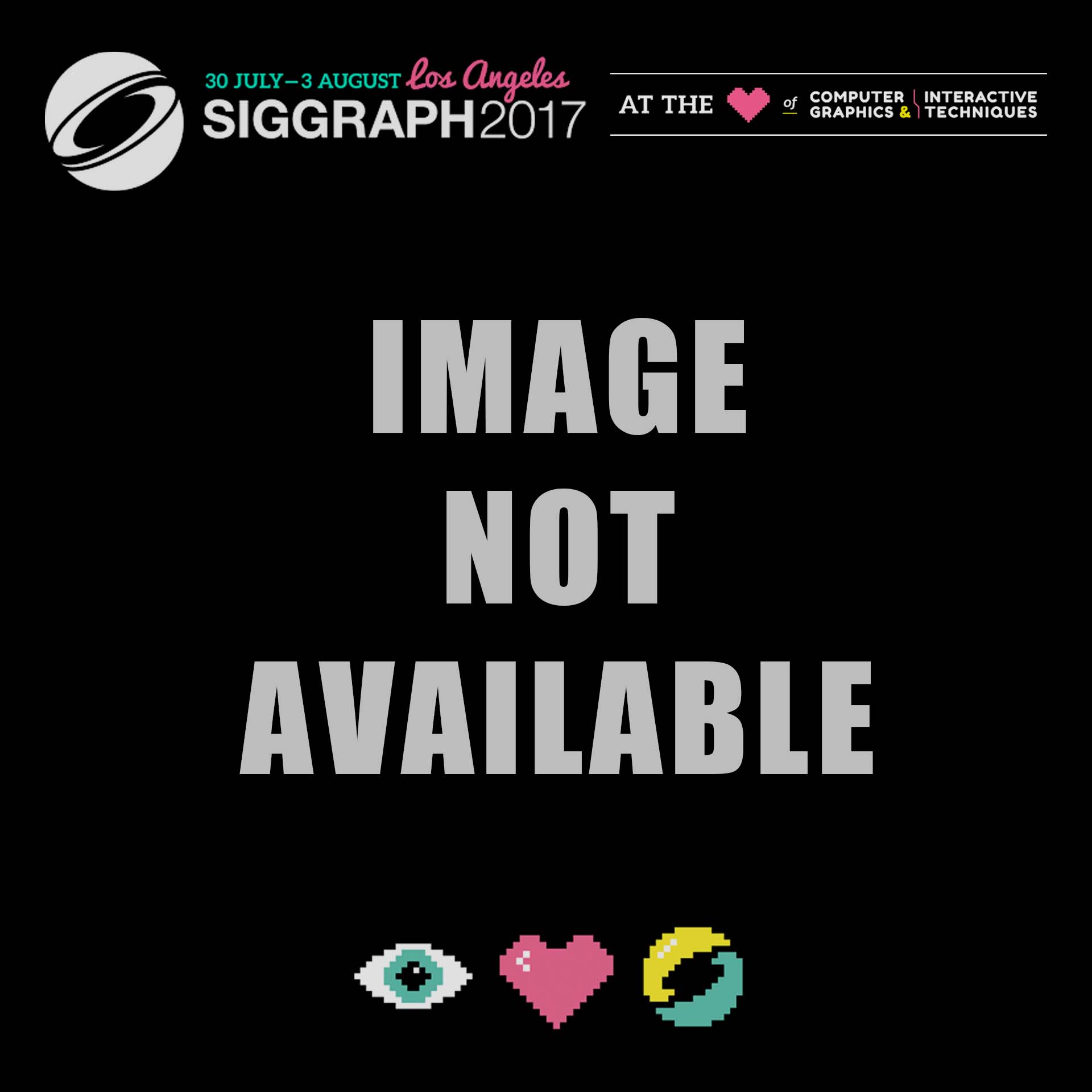“The Problem of Persistence With Rotating Displays” by Regan and Miller
Conference:
Title:
- The Problem of Persistence With Rotating Displays
Session/Category Title: IEEE TVCG Session on Advances in Virtual and Augmented Reality
Presenter(s)/Author(s):
Abstract:
This talk investigates the perceptual problems caused by display persistence and demonstrates a modified 3D rotation-display controller architecture for driving a high-speed digital display that minimizes latency and persistence.
References:
[1] K. Akeley, S. J. Watt, A. R. Girshick, and M. S. Banks. A stereo display prototype with multiple focal distances. In ACM transactions on graphics (TOG), vol. 23, pp. 804–813. ACM, 2004.
[2] J. Brown. audio-visual palimpsests: Resynchronizing silent films with specialmusic.. The Oxford handbook of film music studies, pp. 588–610, 2014.
[3] S. J. Daly and X. Feng. Bit-depth extension using spatiotemporal microdither based on models of the equivalent input noise of the visual system. In Electronic Imaging 2003, pp. 455–466. International Society for Optics and Photonics, 2003.
[4] S. Davis. Auditory and visual flicker-fusion as measures of fatigue. The American journal of psychology, 68(4):654–657, 1955.
[5] J. Demer and F. Amjadi. Dynamic visual acuity of normal subjects during vertical optotype and head motion. Investigative ophthalmology & visual science, 34(6):1894–1906, 1993.
[6] R. A. Fisher, F. Yates, et al. Statistical tables for biological, agricultural and medical research. Statistical tables for biological, agricultural and medical research., (5th rev. ed), 1957.
[7] D. Iwai, K. Kodama, and K. Sato. Reducing motion blur artifact of foveal projection for a dynamic focus-plus-context display. IEEE Transactions on Circuits and Systems for Video Technology, 25(4):547–556, 2015.
[8] J. J. Jerald. Scene-motion-and latency-perception thresholds for headmounted displays. PhD thesis, University of North Carolina at Chapel Hill, 2010.
[9] A. Jones, I. McDowall, H. Yamada, M. Bolas, and P. Debevec. Rendering for an interactive 360 light field display. In ACM Transactions on Graphics (TOG), vol. 26, p. 40. ACM, 2007.
[10] P. Lincoln, A. Blate, M. Singh, T. Whitted, A. State, A. Lastra, and H. Fuchs. From motion to photons in 80 microseconds: Towards minimal latency for virtual and augmented reality. IEEE transactions on visualization and computer graphics, 22(4):1367–1376, 2016.
[11] N. Montfort and I. Bogost. Racing the beam: The Atari video computer system. Mit Press, 2009.
[12] C. Rash, W. McLean, B. Mozo, J. Licina, and B. McEntire. Human factors and performance concerns for the design of helmet-mounted displays. In RTO HFM symposium on current aeromedical issues in rotary wing operation. DTIC Document, 1999.
[13] C. E. Rash, R. W. Verona, and J. S. Crowley. Human factors and safety considerations of night vision systems flight using thermal imaging systems. Technical report, DTIC Document, 1990.
[14] M. Regan and R. Pose. Priority rendering with a virtual reality address recalculation pipeline. In Proceedings of the 21st annual conference on Computer graphics and interactive techniques, pp. 155–162. ACM, 1994.
[15] Texas Instruments. DLP Discover 4100 Chipset Data Sheet, Users Guide, 2013.
[16] J. R. Tian, I. Shubayev, and J. L. Demer. Dynamic visual acuity during yaw rotation in normal and unilaterally vestibulopathic humans. Annals of the New York Academy of Sciences, 942(1):501–504, 2001.
[17] G. Westheimer and S. P. McKee. Visual acuity in the presence of retinalimage motion. JOSA, 65(7):847–850, 1975.
[18] M. D. Winterbottom, G. A. Geri, C. Eidman, and B. Pierce. P-39: Perceptual tests of the temporal response of a shuttered lcos projector. In SID Symposium Digest of Technical Papers, vol. 38, pp. 334–337. Wiley Online Library, 2007.
[19] F. Zheng. Spatio-temporal registration in augmented reality. PhD thesis, University of North Carolina at Chapel Hill, 2015.





